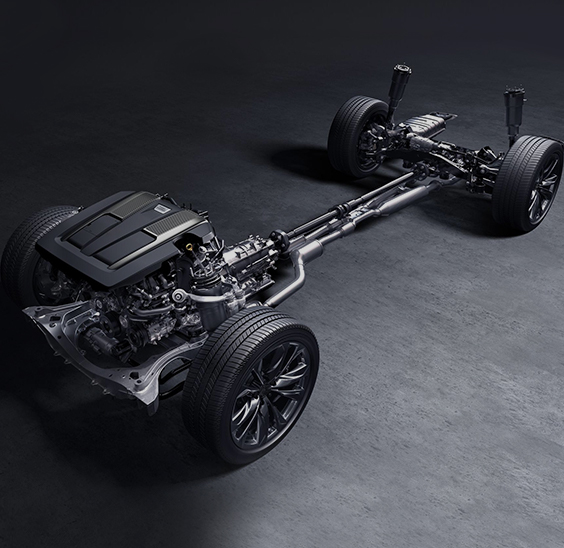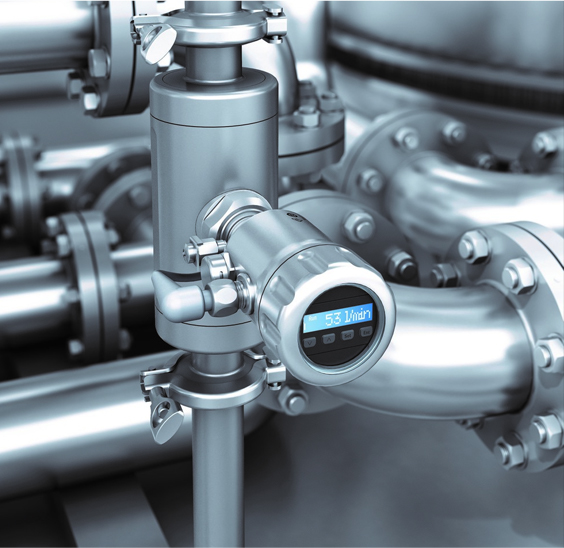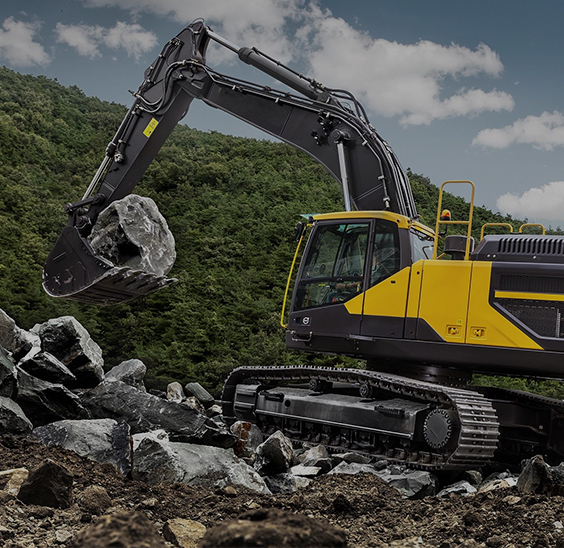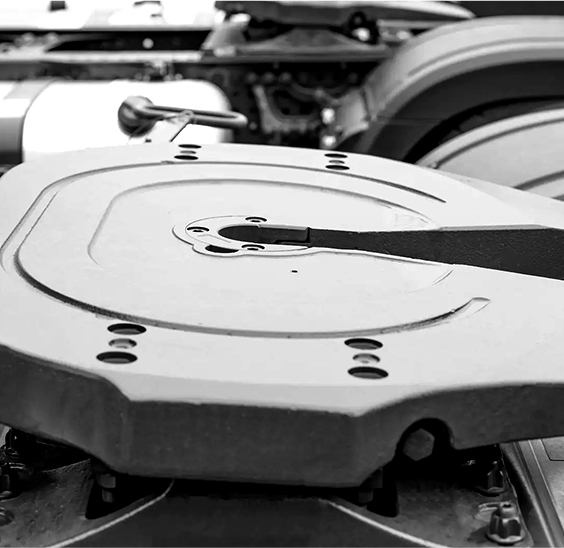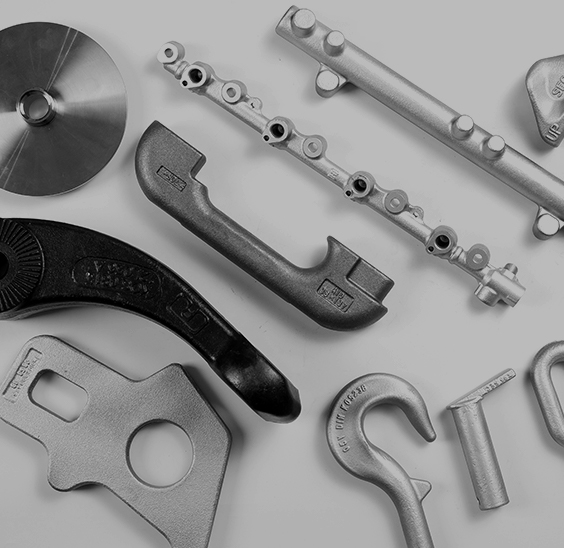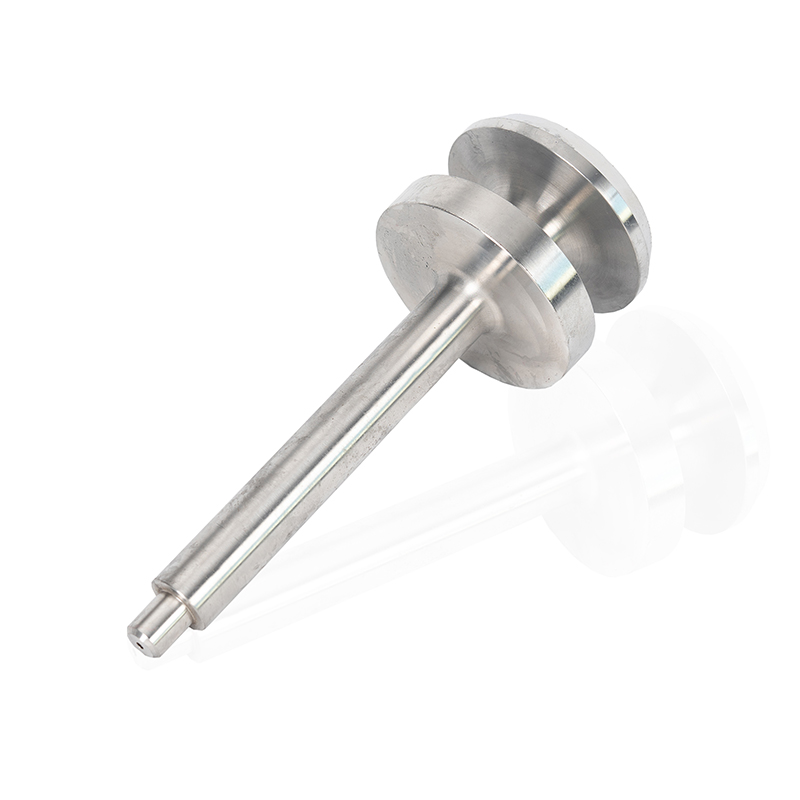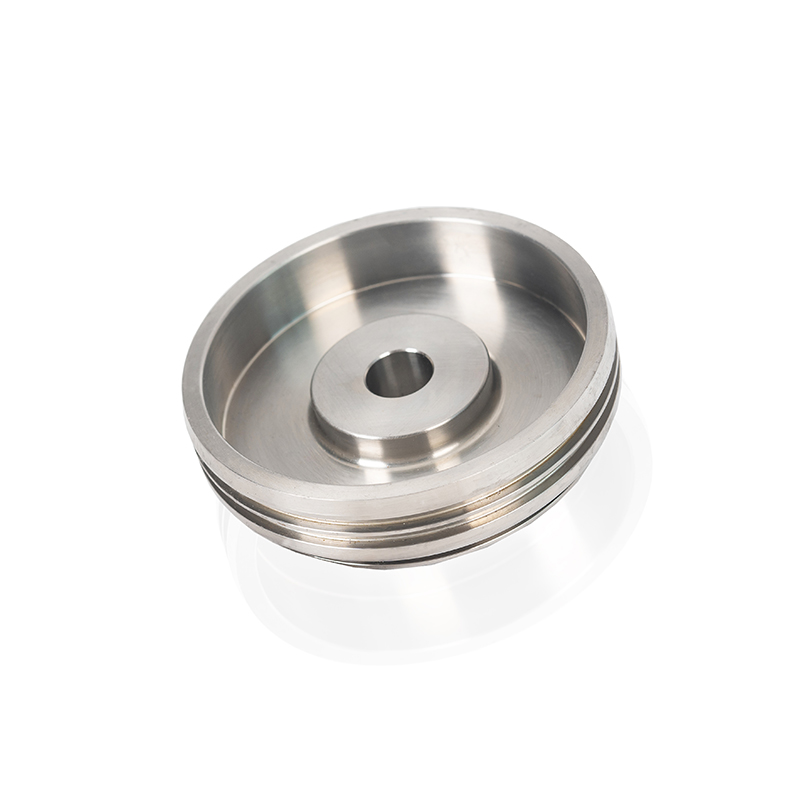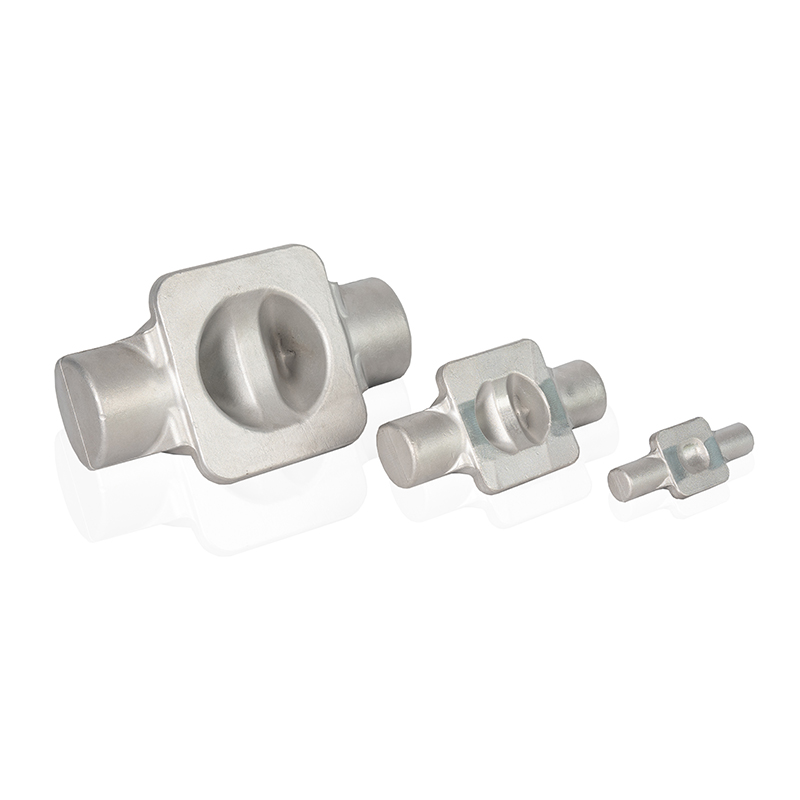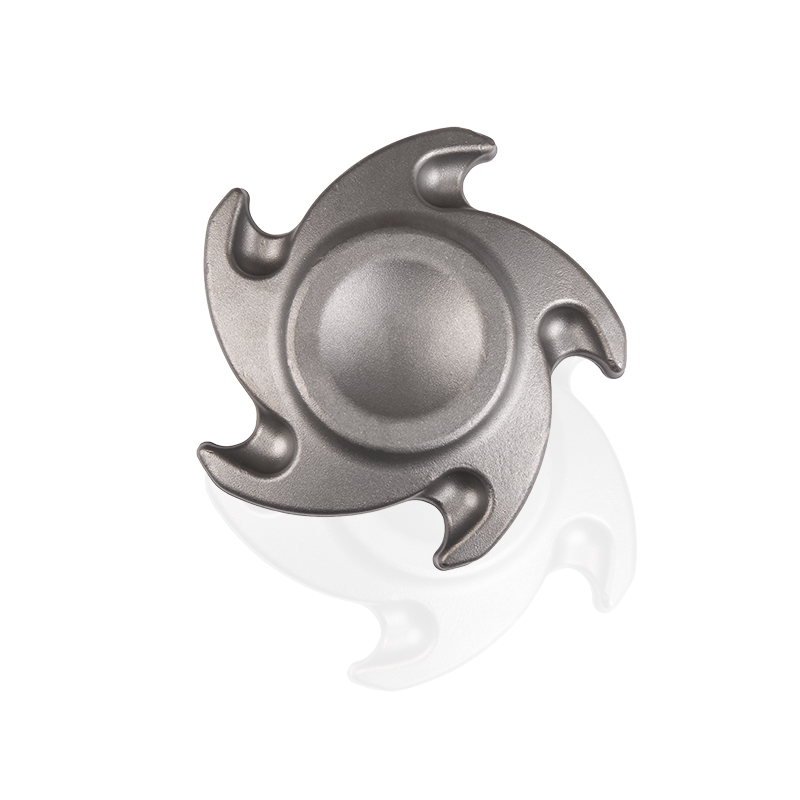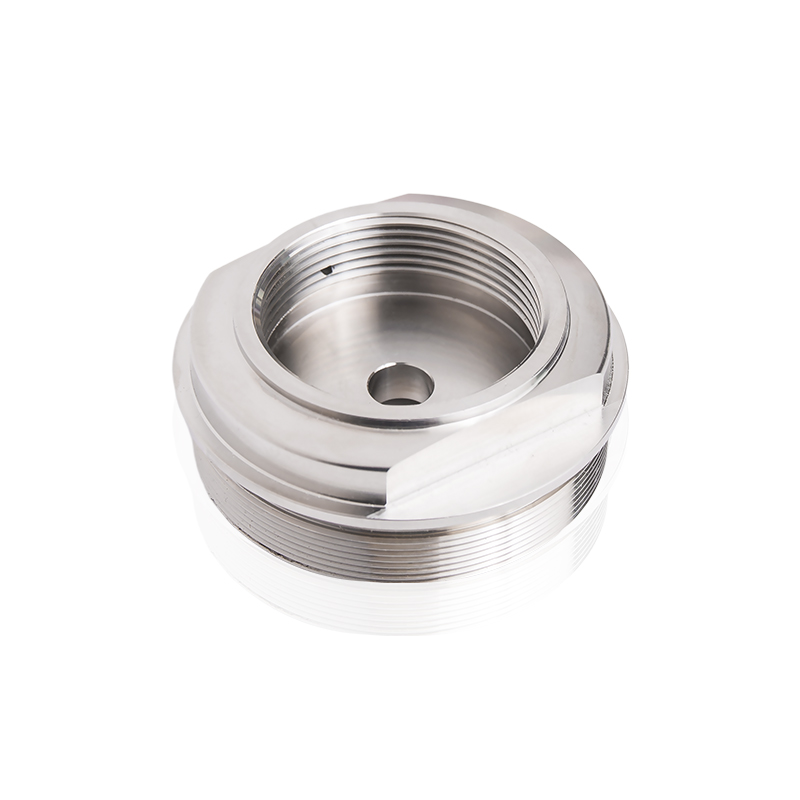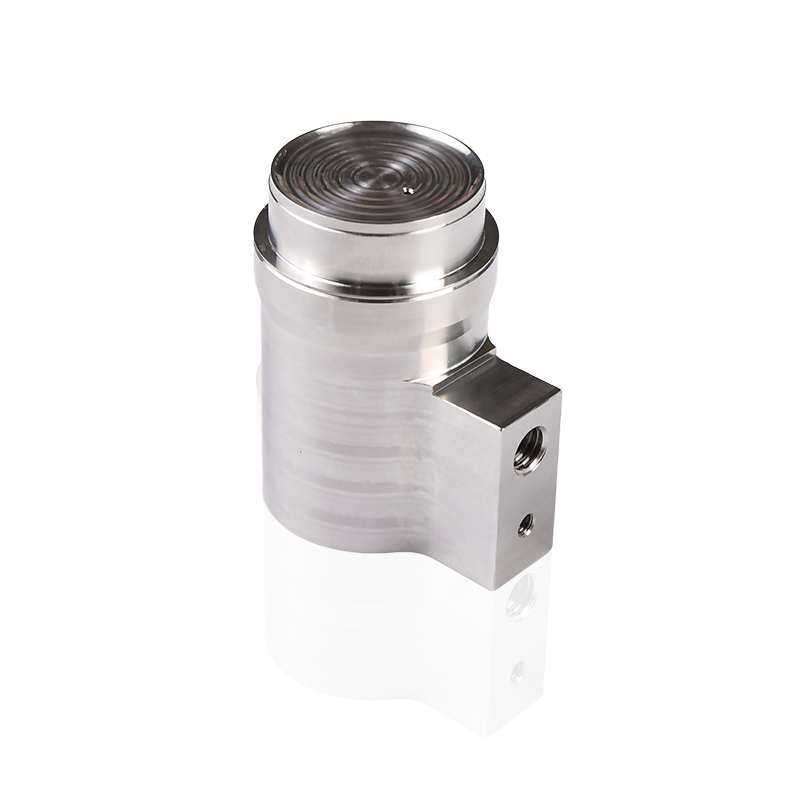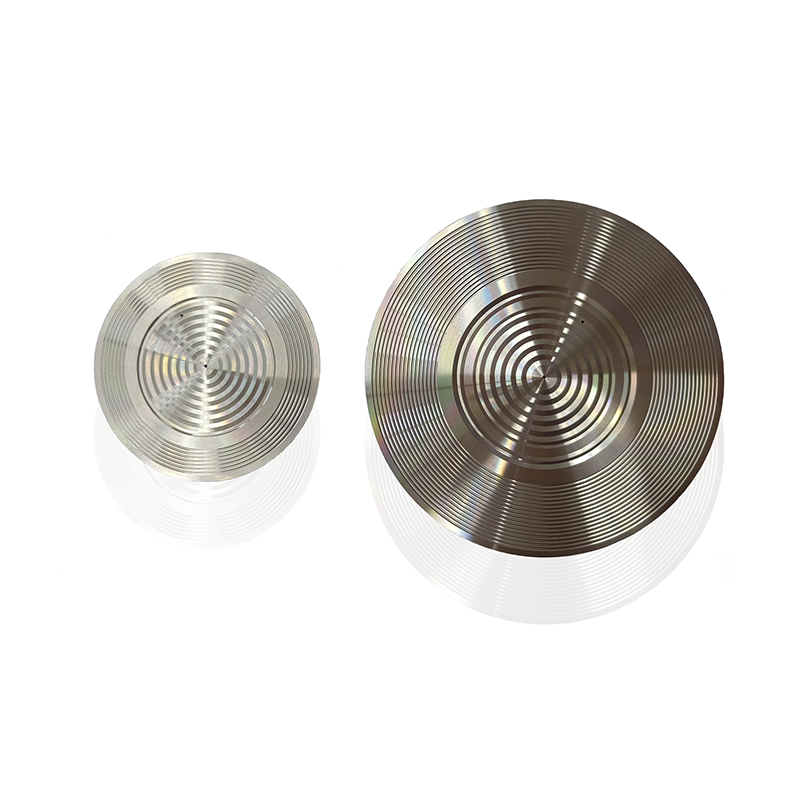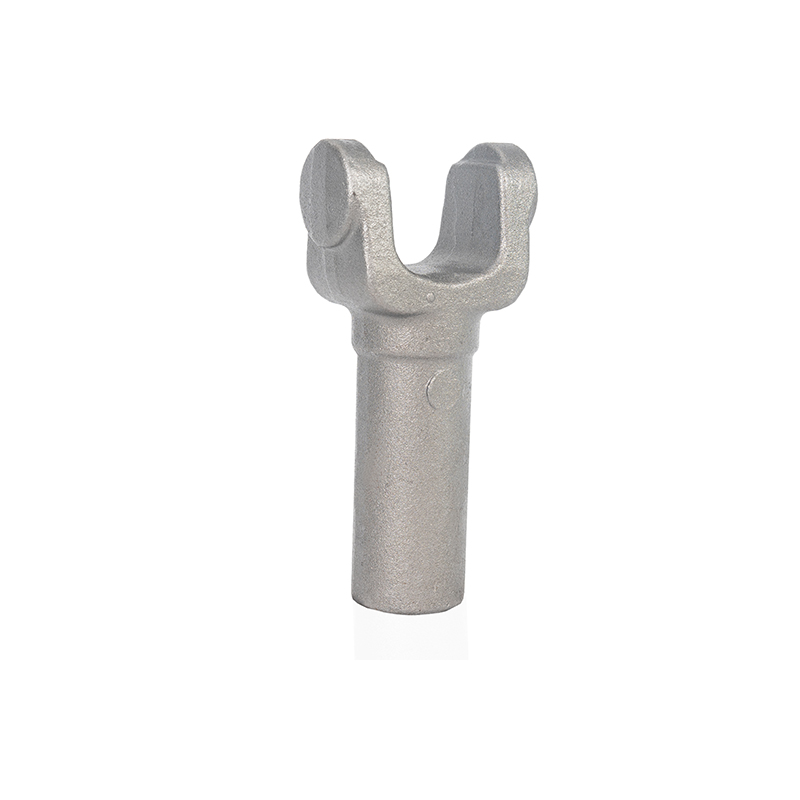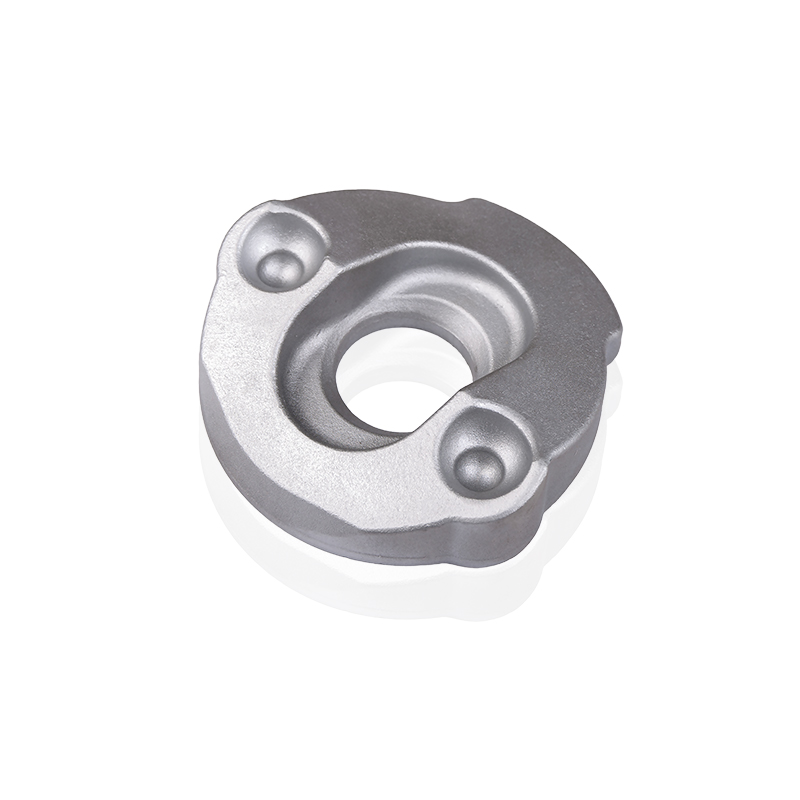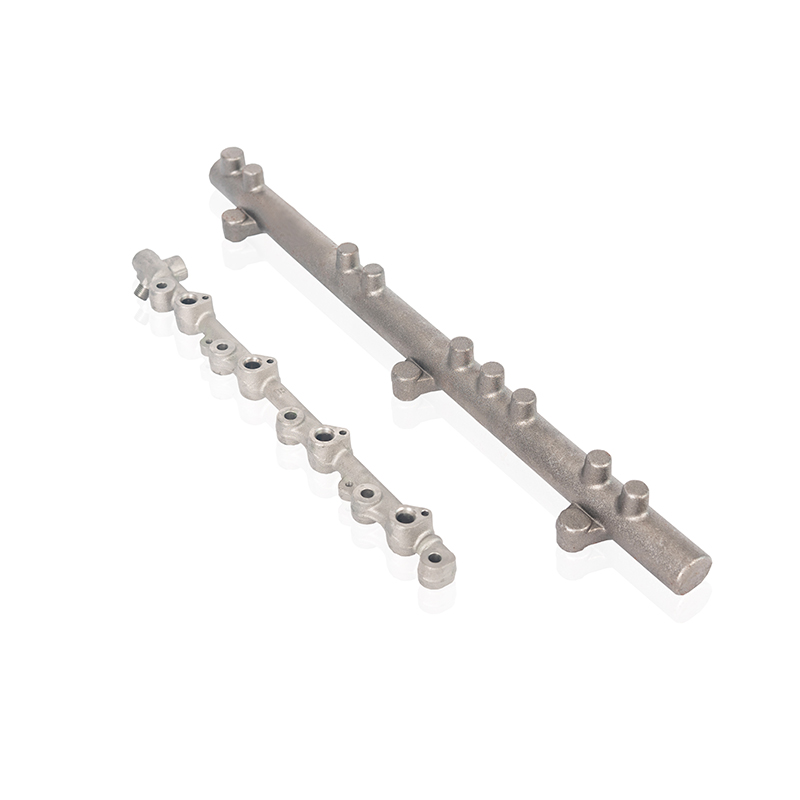How Heat and Lubrication Impact Intermediate Gear in Gearbox Performance and Service Life
 2025.07.07
2025.07.07
 Industry news
Industry news
Temperature control is one of the most underestimated factors affecting gear longevity and performance, especially when it involves an intermediate gear in gearbox assemblies. These gears operate under constant load and rotational speed, often in compact, enclosed housings where heat builds up rapidly. The combination of mechanical stress and thermal effects challenges the structural integrity of the gear teeth, as well as the effectiveness of lubrication over long periods of operation. Understanding how thermal conditions interact with gear design helps ensure the gear functions reliably under real-world conditions.
As the gearbox transmits power from the engine, friction between gear teeth generates heat. While the entire system is affected, the intermediate gear often experiences prolonged contact with both the input and output gears, making it especially vulnerable to thermal stress. Excessive heat causes dimensional changes in the gear materials, affecting tooth alignment and contact patterns. This can lead to uneven load distribution, which increases the risk of premature pitting, micro-cracking, or surface fatigue. Material selection and heat treatment are carefully matched to these conditions to reduce thermal distortion and maintain operational accuracy.
Lubrication plays a critical role in heat management and friction reduction. Gear oils must not only provide a protective film between contact surfaces but also serve as thermal conductors that help dissipate heat. In high-speed gearboxes, where intermediate gears handle both torque transmission and directional changes, inadequate lubrication can quickly escalate into surface scoring and metal-to-metal contact. This is why advanced lubricant formulations with additives for pressure resistance, oxidation stability, and thermal conductivity are essential for intermediate gear protection.
As a manufacturer committed to real-world performance, we invest heavily in testing how intermediate gears behave under thermal cycling. Simulated load and temperature trials help us evaluate how specific gear materials—such as chromium-molybdenum alloys or case-hardened steels—respond to fluctuating conditions. We’ve found that properly treated gear surfaces, paired with the correct viscosity oil, can dramatically extend gear life and improve performance consistency across varying driving environments. It’s one of the many ways we add measurable value to our gearbox components.
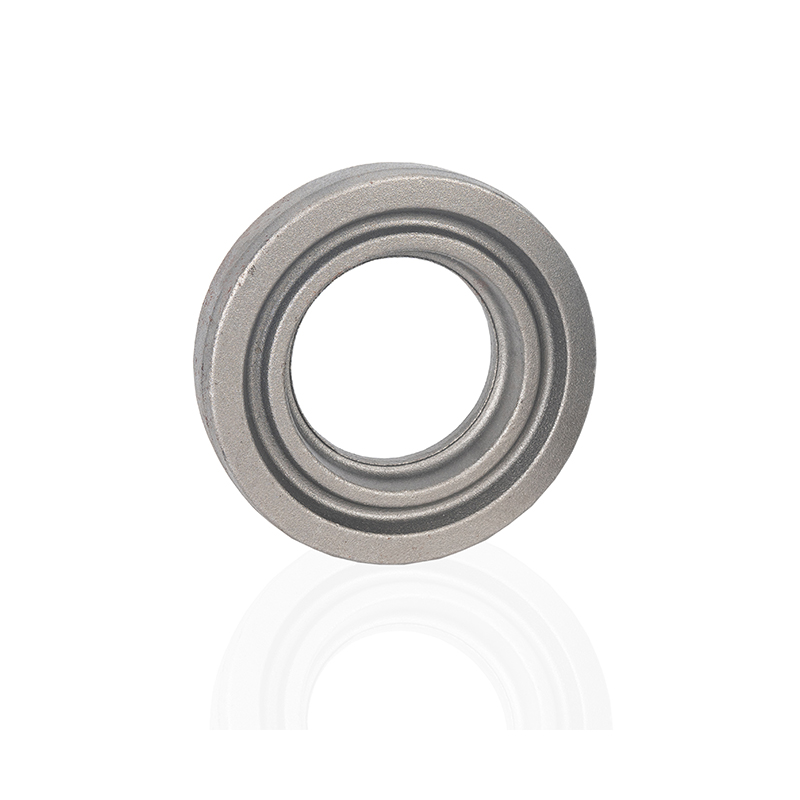
Another issue tied to thermal load is lubricant degradation. Over time, high operating temperatures can cause gear oil to oxidize, lose viscosity, or form sludge. These changes reduce its ability to protect the gear surfaces and transfer heat, which may lead to gear noise, sluggish performance, or even failure. Maintaining thermal balance is therefore not only about gear material or design—it’s also about integrating efficient cooling paths within the gearbox and scheduling timely lubricant replacement to preserve intermediate gear function.
Gearbox layout also affects how heat is distributed. Intermediate gears located in close quarters without direct airflow or heat sinks are more likely to experience localized overheating. Modern designs often feature strategically placed oil channels, splash guards, or active cooling fins to promote even heat distribution. In precision transmissions or heavy-duty applications, we often recommend design modifications that reduce thermal hotspots and extend maintenance intervals. These seemingly minor tweaks can have a major impact on operational stability.
Sensor integration in advanced gearboxes now allows continuous monitoring of temperature and oil condition. This data helps fleet managers and OEMs optimize maintenance schedules and reduce unplanned downtime. Intermediate gear performance, tracked in real time, becomes a key indicator of overall drivetrain health. It’s part of the shift toward smart, data-informed mechanical systems where every part must be engineered not only for mechanical efficiency but also for thermal resilience.
The intermediate gear in gearbox design isn't just about load-bearing and power transmission—it’s also a thermal management challenge. Proper material selection, surface treatment, smart lubrication strategies, and cooling design all contribute to keeping the gear running smoothly under heat. As a supplier focused on long-term reliability, we design our intermediate gears to meet these challenges head-on, delivering gearbox components that hold up where it matters most.


